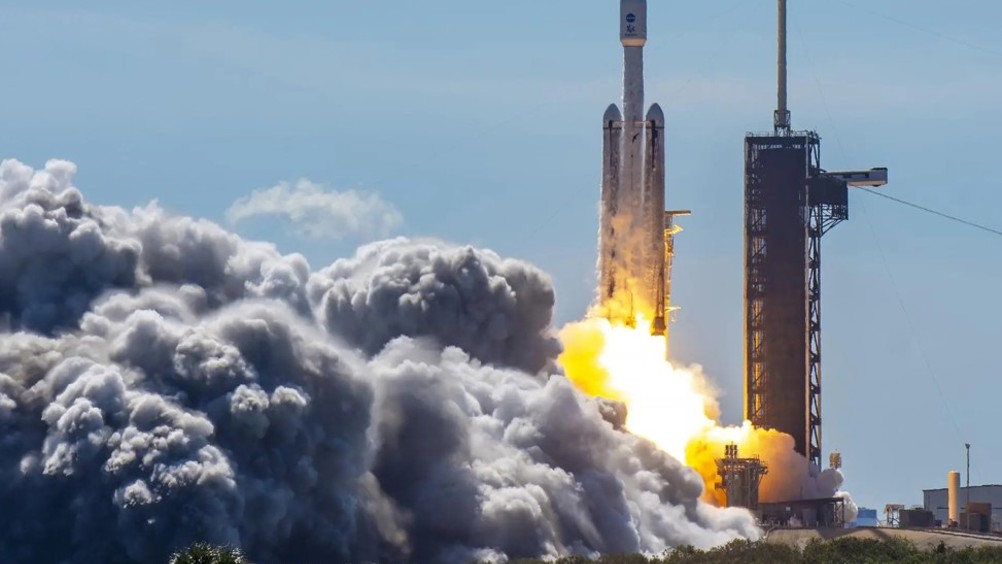Europa Clipper on a mission to probe an alien water world
NASA’s Europa Clipper - one of the largest and most advanced spacecraft ever sent to another planet - aims to explore one of the great mysteries of our solar system. Jon Excell reports.

The discovery of Jupiter’s four largest moons Ganymede, Callisto, Io and Europa - first sighted by Italian astronomer Gailleo Galilie through a homemade telescope in 1610 - triggered a fundamental rethink in our understanding of the universe. Whilst existing models of the solar system placed the Earth at the centre, Galileo’s observation of moons orbiting Jupiter provided strong evidence that this so-called geocentric model was wrong and marked a key moment in the development of modern astronomy.
Now, more than four hundred years later, Europa - one of the most promising candidates for life elsewhere in our solar system - is once-again poised to reshape our understanding of the universe, thanks to the arrival later this decade of an advanced spacecraft that will begin to probe and uncover the ice-covered moon’s secrets.
Thanks to the Galileo mission of the 1990s, scientists have already found strong indicators that Europa may have many of the conditions required to support life: including evidence of a vast sub-surface saltwater ocean as well as organic compounds and energy sources. But NASA’s Europa Clipper mission will be the first to study the moon in detail and determine whether it is indeed habitable. If successful, the search for life on Europa and elsewhere in the solar system will enter an exciting new phase.
Register now to continue reading
Thanks for visiting The Engineer. You’ve now reached your monthly limit of premium content. Register for free to unlock unlimited access to all of our premium content, as well as the latest technology news, industry opinion and special reports.
Benefits of registering
-
In-depth insights and coverage of key emerging trends
-
Unrestricted access to special reports throughout the year
-
Daily technology news delivered straight to your inbox











CCC Report Finds UK Climate Targets Still Within Reach
In 1990 67% of the UK´s electricity came from coal-fired power stations and even without renewables the transition to gas was a major contributor to...